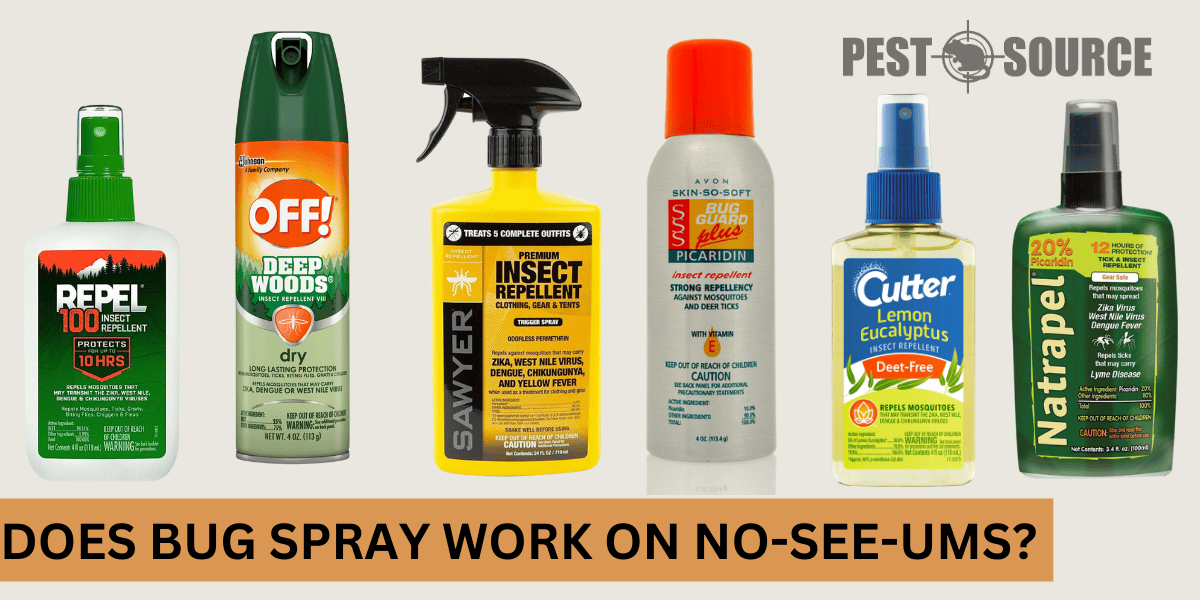Facing a never-ending battle against those pesky no-see-ums? You’re not alone. These tiny critters are not only annoying but getting rid of them can be quite the task. One of the common lines of defense against these nuisances is bug spray—but does it work effectively on no-see-ums?
You’ve asked, and we’ve dug deep to provide a comprehensive guide on bug spray efficacy, the role of ingredients, health considerations, and other preventative measures you can take. So, let’s equip ourselves in the best possible way to reclaim our comfort from these unwelcome guests.
POINTS
- Bug sprays can be effective against no-see-ums, but their success depends largely on the active ingredients used. DEET, Picaridin, IR3535, oil of lemon eucalyptus, and permethrin have been found to have promising results.
- Specific bug sprays targeted towards no-see-ums are available. Some popular brands include Sawyer Products, Repel, AVON Skin-So-Soft, Cutter, OFF! Deep Woods, and Natrapel.
- Using bug sprays poses certain health risks and environmental concerns. Some bug sprays can cause skin irritation, and their ingredients can be toxic to aquatic life. Risks can be minimized by carefully following usage instructions and washing off the sprays after returning indoors.
- There are natural alternatives to chemical bug sprays, such as essential oils like citronella, peppermint, lemongrass, or geranium. Other preventive measures include wearing long sleeves and pants, avoiding peak times for no-see-ums activity, and using mosquito nets, fans, or traps.
- It’s important to note that bug sprays aren’t foolproof. Even while using them, no-see-ums may still find uncovered areas of skin or areas where the spray has sweated off. Therefore, it’s crucial to reapply regularly and use other preventative measures in conjunction with bug sprays.
What Is the Nature of Bug Sprays?
Bug sprays are commonplace items in homes, especially in areas prone to insect infestations. However, have you ever paused to ponder what exactly they contain and how they work? Let’s give you some insights.
Are All Bug Sprays Created Equally?
No, all bug sprays are not created equally. Different sprays are formulated with varying active ingredients aimed at repelling specific types of insects. While some are meant to combat a broad spectrum of pests, others focus on a particular type—so it’s crucial to choose based on your individual needs.
What Are the Common Ingredients in Bug Sprays?
Common ingredients in bug sprays typically include:
- DEET
- Picaridin
- IR3535
- Oil of lemon eucalyptus
- Permethrin
DEET is particularly deemed the most effective, but it may cause skin irritation for some people. Picaridin and IR3535 are popular alternatives to DEET as they’re less likely to irritate the skin. Permethrin, on the other hand, is a pesticide that is applied on clothing and gear and not directly on the skin.
How Do Bug Sprays Generally Work on Insects?
Bug sprays work by deterring insects from landing and on you by masking the scents that attract these pests. Some active ingredients also disrupt the sensory mechanisms of insects, leading to a disoriented or repulsed insect.
Are There Different Types of Bug Sprays for Different Insects?
Yes, there are. As previously mentioned, some bug sprays have broad-spectrum usage, that is, they can work on several types of bugs. Others are more specialized, designed to repel a specific type of insect, like mosquitoes or ticks or, in our case, the pesky no-see-ums.
How are Bug Sprays Generally Applied?
Bug sprays are generally applied on exposed skin and clothing 30 minutes before going outdoors. You should reapply every 2-4 hours, or more if you’re swimming or sweating. It’s also paramount to note that sprays with Permethrin should not be applied directly to the skin.
How Effective are Bug Sprays on Common Insects?
Bug sprays are widely accepted as an effective measure against common pests. But just how effective are they?
How Do Bug Sprays Work on Mosquitoes and Other Insects?
Bug sprays are effective at repelling mosquitoes and other insects by blocking their sensory mechanisms that are drawn to human scent and warmth. The active ingredients in bug sprays interfere with these sensors, disorienting the pests and discouraging them from landing and biting.
What is the Success Rate of Bug Sprays on Various Insects?
The success rate of bug sprays varies greatly and is primarily dependent on the type of insect and the specific active ingredients. For example, DEET, one of the most popular elements, is highly effective on a broad range of insects, including mosquitoes, ticks, chiggers, and fleas. Some ingredients, like oil of lemon eucalyptus, may not work on all bugs but are effective on a select few.
How Effective Are Conventional Bug Sprays on No-See-Ums?
Many people don’t know, but regular bug sprays can also work against no-see-ums. Let’s delve further into this topic.
Are Certain Bug Spray Ingredients More Effective on No-See-Ums?
Yes, certain ingredients are found to be more effective. DEET, for example, is known to be the most effective across the board. However, other ingredients like picaridin and IR3535 also show promising results.
What is the Expert Consensus on Using Bug Spray for No-See-Ums?
Experts agree that using bug sprays containing DEET, Picaridin, IR3535, Permethrin or Oil of Lemon Eucalyptus can deter no-see-ums. They also recommend using bug sprays in conjunction with other protective measures such as wearing long sleeves, pants, and hats to provide an extra barrier.
How Do No-See-Ums Respond to Common Bug Spray Ingredients?
No-see-ums, like many insects, respond to the common bug spray ingredients by getting deterred or killed. These ingredients block or jam the insect’s senses that are attracted to human scent or warmth, thus making it harder for them to locate and bite us.
While this does not necessarily kill them, it significantly reduces their likelihood of landing and biting, providing you with much-needed relief. It’s also important to note that the effectiveness may vary based on other factors, including concentration of the active ingredient, application method, and the frequency of reapplication.
What Are the Limitations of Bug Sprays Against No-See-Ums?
While bug sprays can be effective, they aren’t foolproof. No-see-ums can still find uncovered areas of skin, or you might sweat off the spray. Therefore, it’s crucial to reapply regularly and use other preventative measures as well.
Are There Specialized Bug Sprays for No-See-Ums?
Have you ever wondered if there are bug sprays designed specifically for no-see-ums? You’re not alone. Let’s explore this possibility.
Are There Specific Sprays Designed for No-See-Ums?
Yes, there are specialized bug sprays on the market targeted specifically towards no-see-ums. These repellents usually contain DEET, picaridin, or oil of lemon eucalyptus, and are often formulated to be resistant to sweat and water, providing more prolonged protection.
Are There Specific Brands or Types of Bug Sprays Recommended for No-See-Ums?
Yes, here are some specific brands or products designed for no-see-ums:
Sawyer Products Premium Permethrin Clothing Insect Repellent
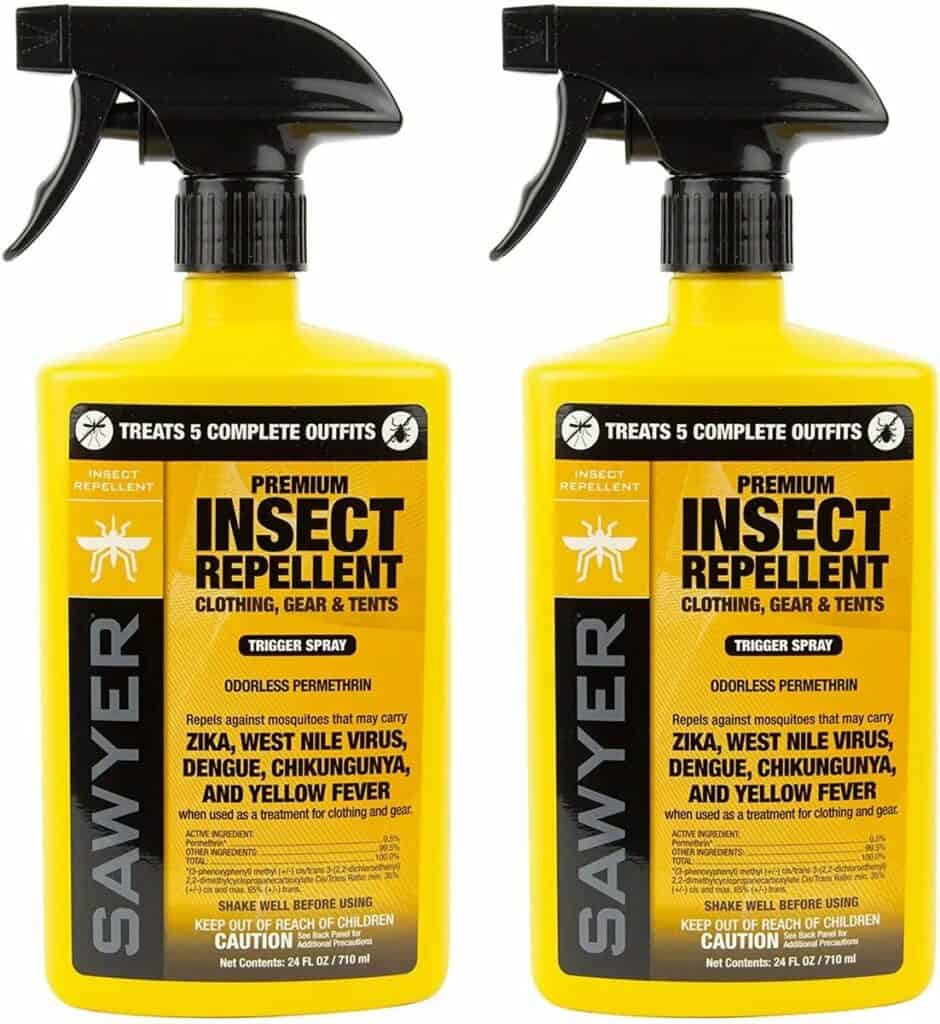
This product is a permethrin treatment that can be applied to clothing and gear to repel and kill insects. It is effective against no-see-ums, mosquitoes, ticks, and other biting insects. It is also odorless and long-lasting, providing protection for up to six weeks or six washings.
Repel Insect Repellent with 98.11% DEET
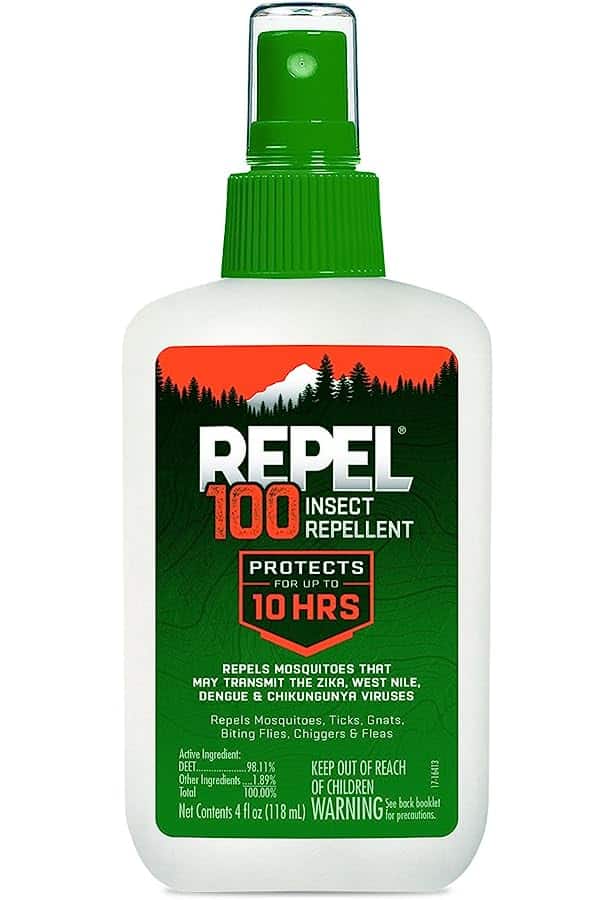
This product is a high-concentration DEET repellent that is very effective at repelling no-see-ums, mosquitoes, and other biting insects. It is also water-resistant and long-lasting, providing protection for up to 10 hours. However, DEET can be irritating to some people’s skin, so it is important to test it in a small area before applying it to a large area.
AVON Skin-So-Soft Bug Guard Plus IR3535 SPF 30
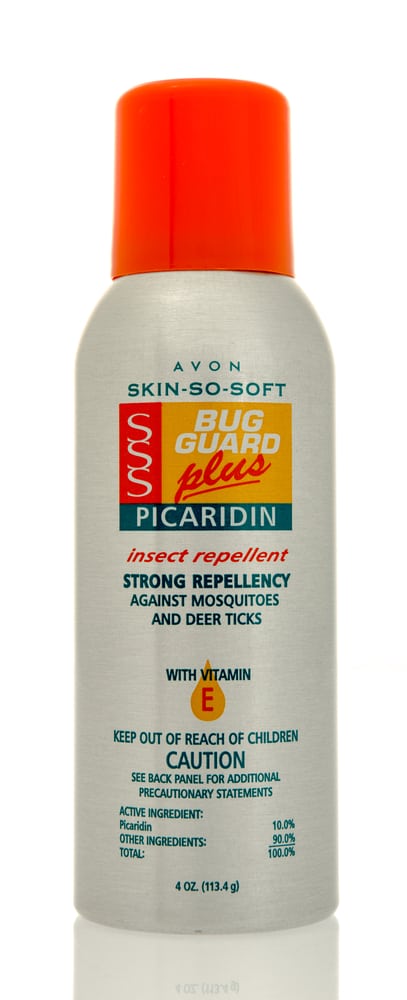
This product is a non-greasy, odorless insect repellent that is effective against no-see-ums, mosquitoes, and other biting insects. It contains the active ingredient IR3535, which is less likely to cause skin irritation than DEET. It also has SPF 30 sunscreen to protect your skin from the sun.
Cutter Lemon Eucalyptus Insect Repellent
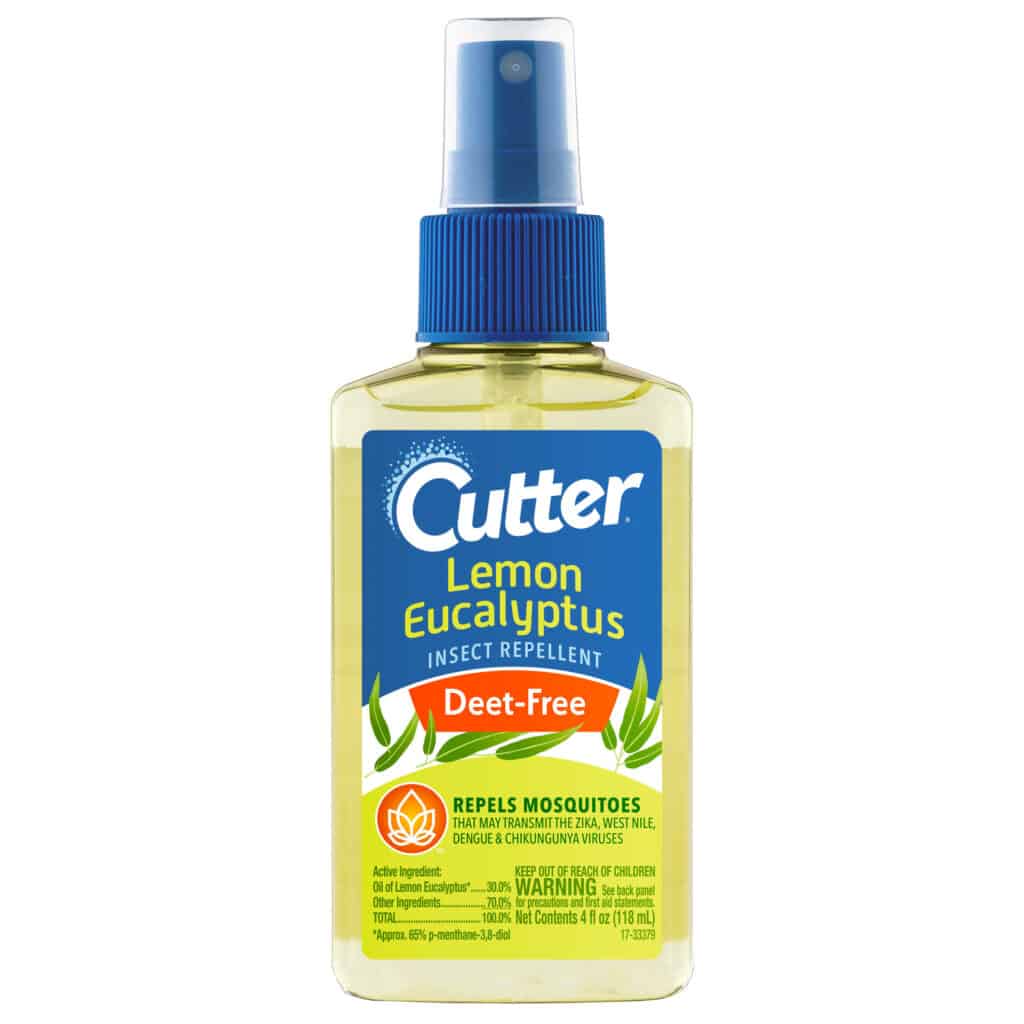
This is a natural bug spray that contains 30% oil of lemon eucalyptus. Oil of lemon eucalyptus is an effective insect repellent that is less likely to cause skin irritation than DEET. However, it may not be as effective as DEET, picaridin, or IR3535.
OFF! Deep Woods Insect Repellent with 30% DEET
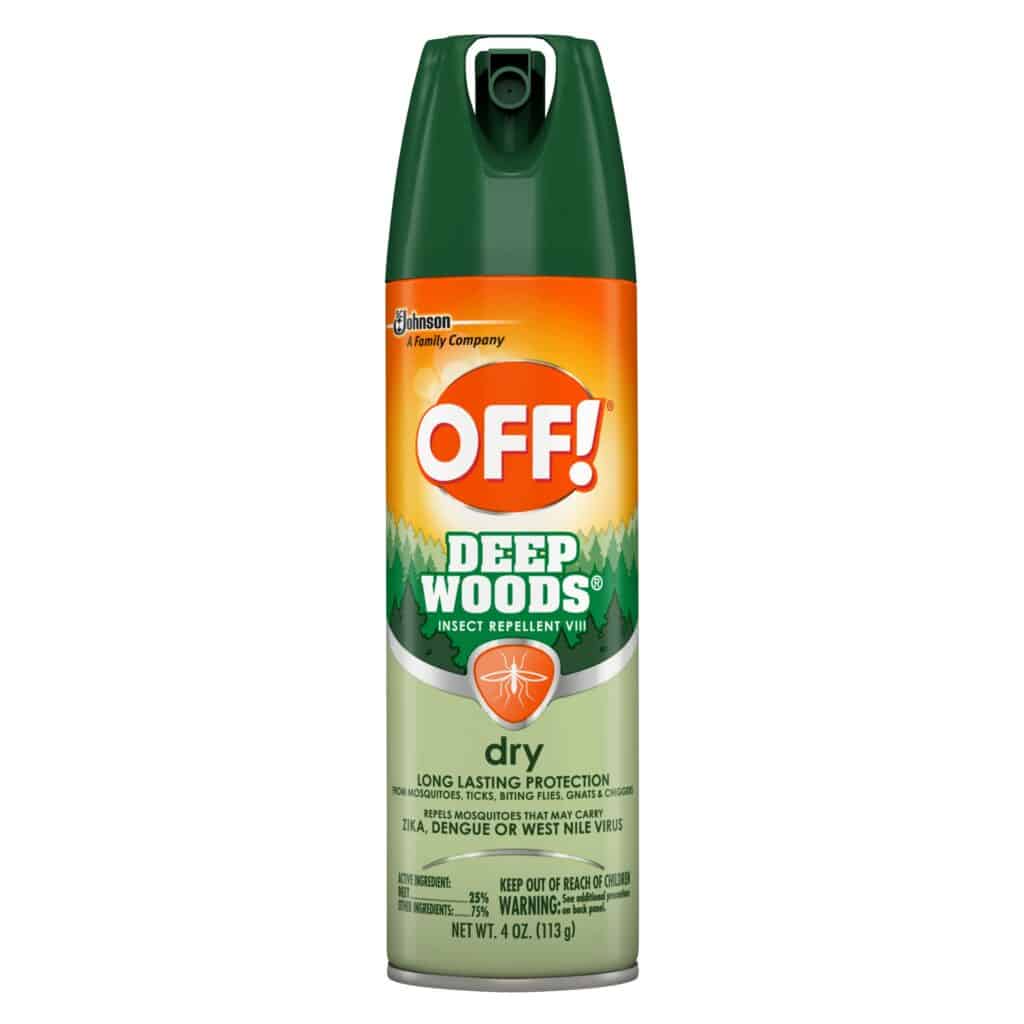
This product is a classic insect repellent that is effective against no-see-ums, mosquitoes, and other biting insects. It is also water-resistant and long-lasting, providing protection for up to 8 hours. However, it is important to note that DEET can be irritating to some people’s skin.
Natrapel 100 Insect Repellent with 20% Picaridin
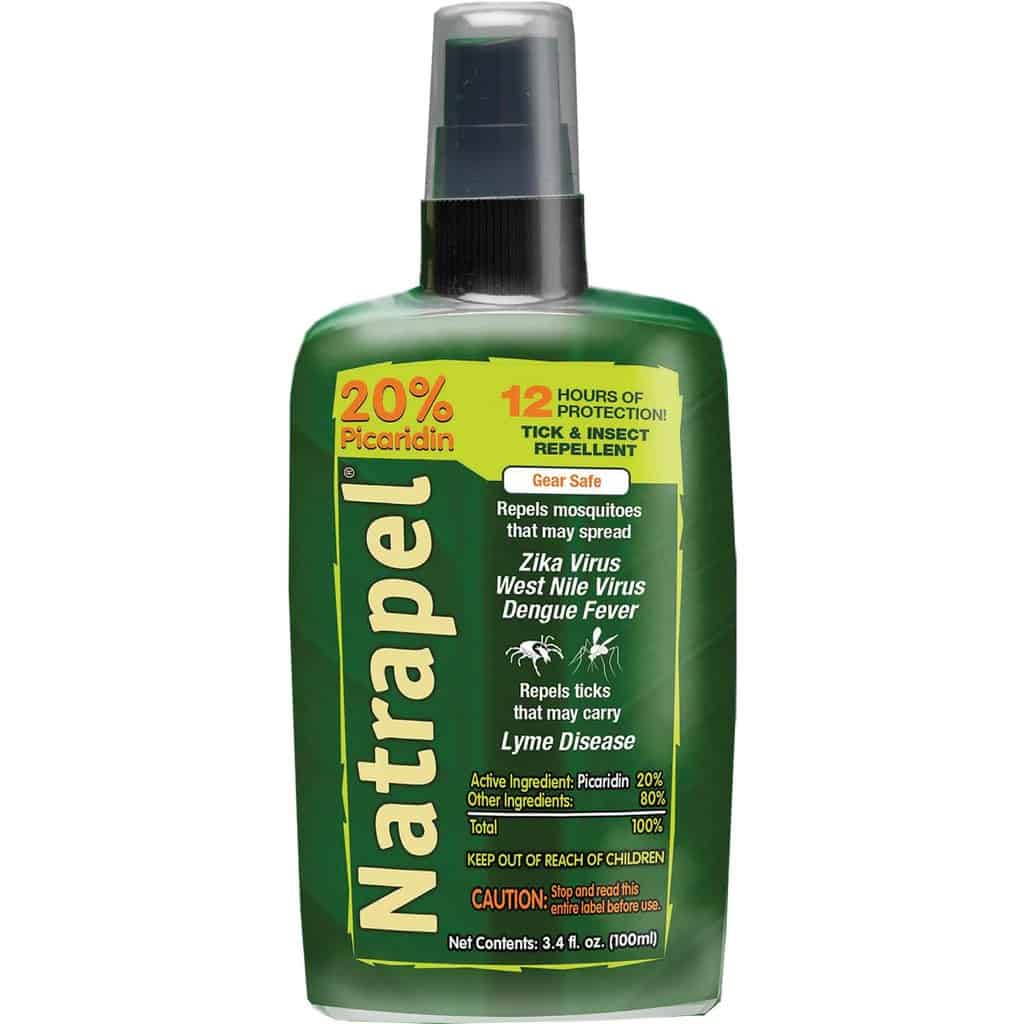
This product is a picaridin-based insect repellent that is effective against no-see-ums, mosquitoes, and other biting insects. It is also less likely to cause skin irritation than DEET. It is long-lasting, providing protection for up to 12 hours.
These are just a few of the many brands and products that are designed for no-see-ums. When choosing a product, it is important to consider the active ingredient, concentration, and length of protection. It is also important to read the label carefully and follow the directions.
Are These Specialized Sprays More Effective?
Naturally, these sprays designed to repel no-see-ums are expected to be more effective, thanks to their targeted formulation. But don’t forget, individual responses can vary.
Where Can Specialized No-See-Um Sprays Be Purchased?
You can find specialized no-see-um sprays at most local drug stores, outdoors or camping supply stores, and online marketplaces like Amazon.
What Are the Health and Environmental Considerations of Using Bug Sprays on No-See-Ums?
When using bug sprays, it is always important to consider potential health effects and environmental impact.
What Are the Potential Health Risks of Using Bug Sprays?
While DEET is safe for use on skin, it can cause irritation for some individuals. These react can range from mild redness and itchiness to more severe allergic reactions. Also, it’s not advisable to be ingested, so one should avoid using it near the mouth or on the hands of young children.
Are There Environmental Concerns with Bug Spray Usage?
Some environmental concerns are associated with bug spray usage. Some active ingredients can be toxic to aquatic life, and spray drift can potentially affect non-target species. It’s advised to use sprays carefully and avoid using near water sources.
How Can These Risks Be Minimized?
Minimize risks by following the usage instructions on the product packaging carefully. For instance, using just enough to cover exposed skin or clothing and avoiding over-application. Opt for sprays with lower concentrations of active ingredients if possible. Most importantly, wash treated skin with soap and water after returning indoors.
What Are the Alternatives to Bug Sprays for No-See-Ums?
While bug sprays are a popular defense against no-see-ums, they are not the only options. Let’s explore some alternatives.
Are There Natural Alternatives to Chemical Bug Sprays?
Absolutely! Several natural substances can repel no-see-ums. These include essential oils like citronella, peppermint, lemongrass, and geranium. Apply these oils diluted in a carrier oil, like coconut or jojoba oil, directly on your skin.
What Other Preventive Measures Can People Take Against No-See-Ums?
Other preventive measures include:
- Wearing clothes with a tight weave and lighter colors, as dark colors tend to attract bugs.
- Wearing long sleeves and pants whenever possible.
- Avoiding peak times for no-see-ums activity, like dusk and dawn.
- Using netting or screens in your home, on patios, and sleeping areas.
- Using fans, as no-see-ums have a hard time flying in strong winds.
- Removing standing water around your property, as they can serve as breeding spots.
- CO2 Lure Traps: This trap emits a stream of CO2 gas, which attracts no-see-ums and other nearby insects. When they get close enough, they’ll be sucked in by a small but powerful vacuum nozzle, where they’ll eventually dehydrate and die.
- Vinegar Traps: These traps use the scent of vinegar to lure no-see-ums. You can make a simple vinegar trap by filling a bowl or cup with apple cider vinegar and adding a few drops of dish soap. The vinegar attracts the no-see-ums, while the dish soap breaks the surface tension of the vinegar, causing any insects that land on the surface to sink and drown.
How Can These Alternatives Be Effectively Used?
Utilize these alternatives in combination with bug sprays or on their own. For instance, essential oils can be applied to skin or added to a spray bottle with water for a homemade repellent. Tactics like wearing the correct clothing and avoiding peak times should be adopted as daily habits when living in or visiting areas known for no-see-ums.
What are the Pros and Cons of Using Alternatives to Bug Spray?
Pros of using alternatives include lower risk of skin irritation and being eco-friendly. They can also be cost-effective, especially preventive measures like wearing appropriate clothing.
Cons include varying levels of effectiveness compared to bug sprays and, in some cases, increased effort or inconvenience (like going inside during dusk or dawn). It’s also important to note that natural doesn’t always mean safe—some individuals may be allergic to essential oils.
What are the Best Practices for Using Bug Spray on No-See-Ums?
When it comes to no-see-ums, prevention is key—and effective use of bug spray is a big part of that.
How Should Bug Spray be Applied to Deter No-See-Ums?
Here are some best practices:
- Apply bug spray to exposed skin and clothing.
- Avoid spraying it onto cuts, wounds, or irritated skin.
- Avoid your eyes and mouth but apply to the neck and face by spraying on hands first and then rubbing it on.
- Apply it 30 minutes before going outside to give the repellent time to take effect.
- Reapply every few hours or as directed on the bottle.
What Precautions Should be Taken When Using Bug Spray for No-See-Ums?
Precautions you should take include:
- Test the spray on a small patch of skin first to check for any allergic reactions.
- Do not allow children to handle the product. Apply to your own hands and then rub it on.
- Avoid breathing it in—apply in a ventilated area.
- Wash treated skin and clothing after returning indoors.
Conclusion
There you have it—a comprehensive guide on bug sprays and their effectiveness against no-see-ums. Remember, while bug sprays can be immensely helpful, they’re not the only strategy in your pest control arsenal. Combining these products with alternative measures and specific best practices can maximize your defense against these tiny invaders. Whether you craft your own oil-based repellent or invest in a DEET-containing spray, the key is consistent, correct usage. Add to that dressing wisely and maintaining a no-see-um-unfriendly environment—your outdoors experience is about to get a whole lot less itchy. Stay safe, stay bug-bite-free!

